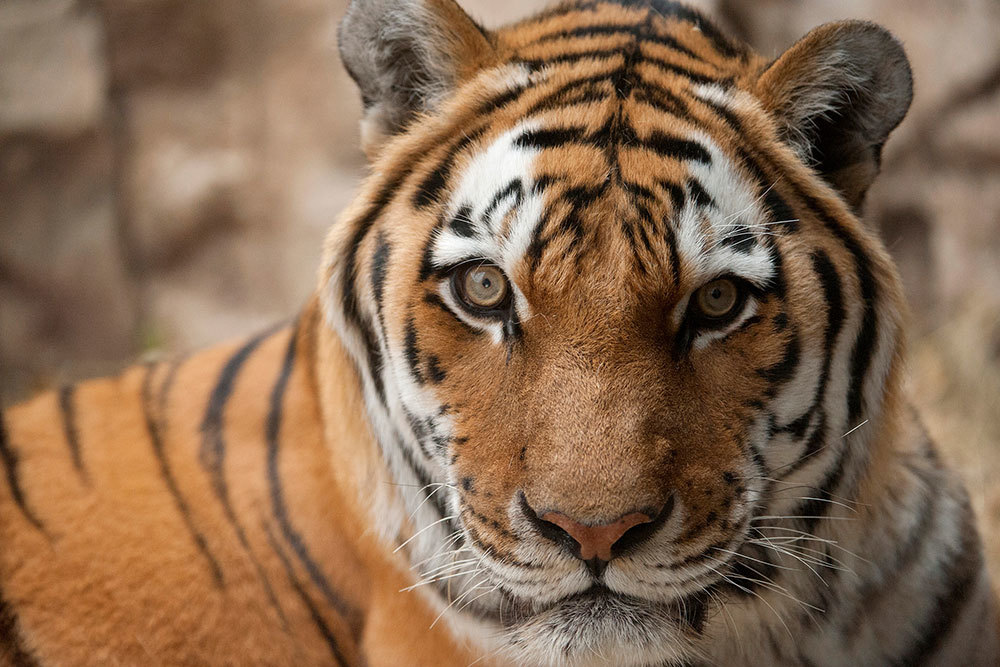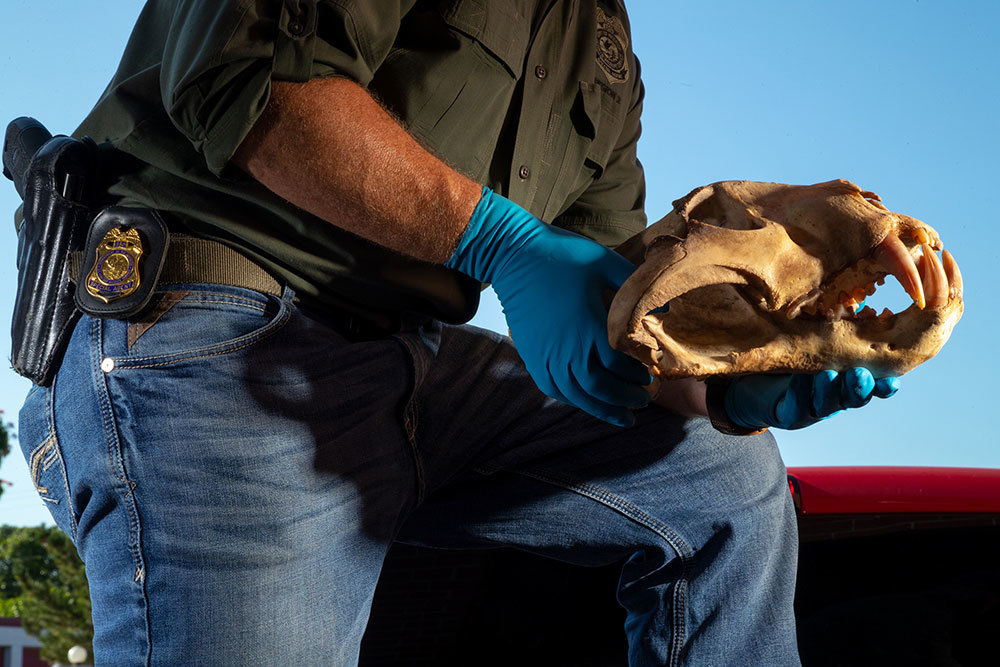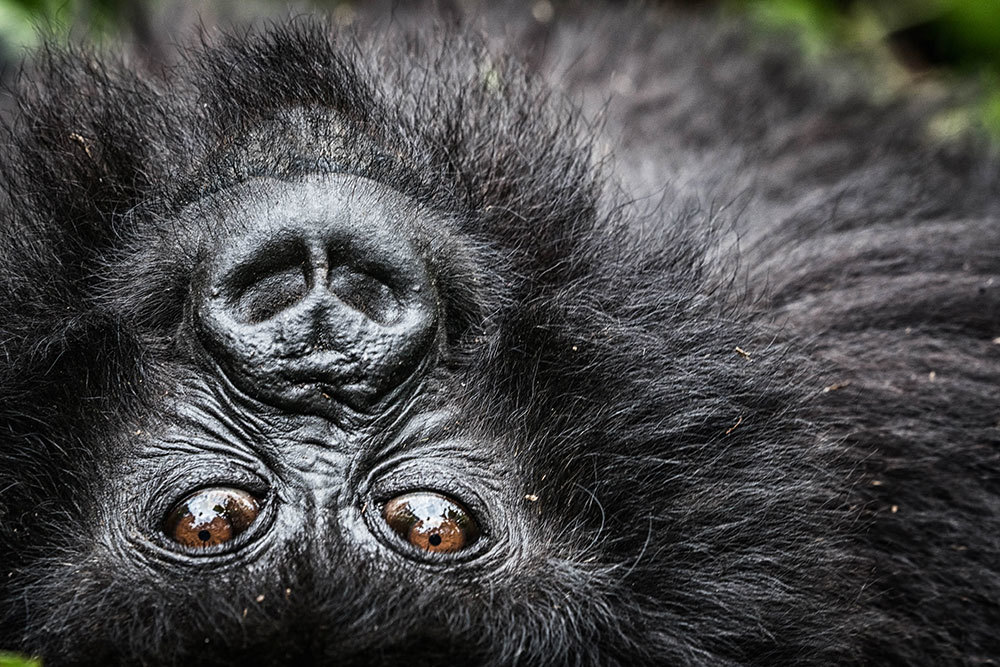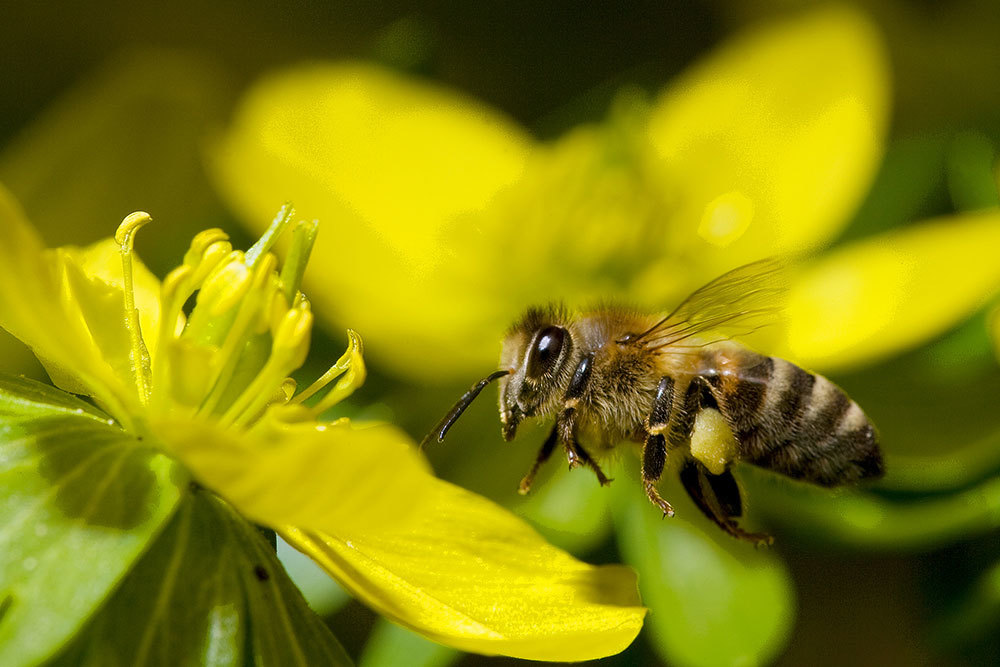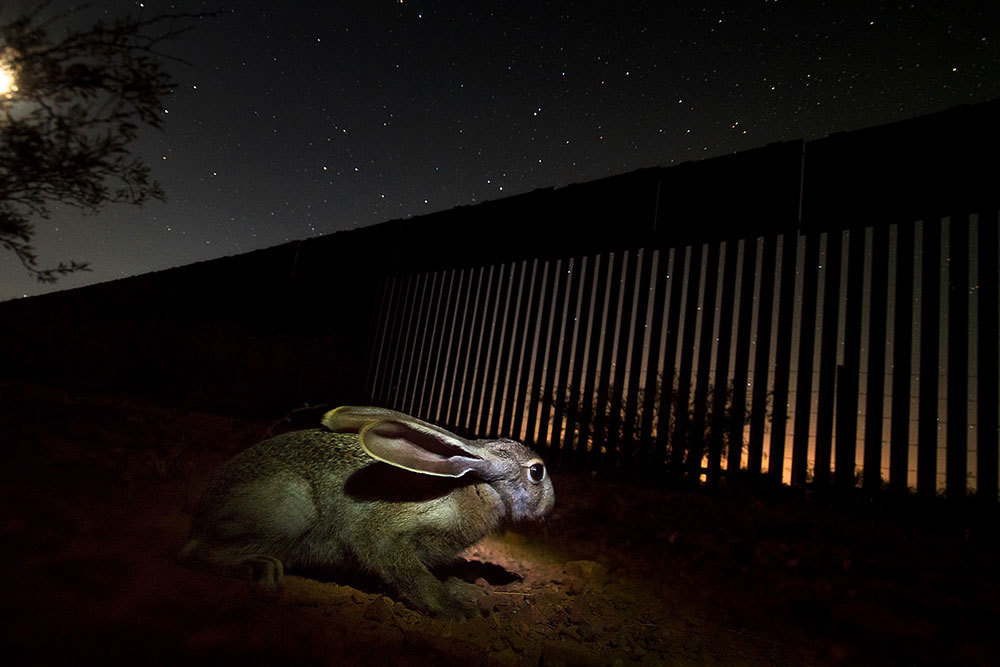Smooth. Sleek. Gentle. Meek: Ball pythons, which live primarily in West and central Africa, are believed to be the most popular pet snake in North America and Europe. From 1997 to 2018, more than 3.6 million ball pythons were exported legally from West Africa. But new research raises questions about how little we know about them in the wild and whether the exports are sustainable. Last week, some scientists and activists called for the trade to be reduced or suspended, Rachael Bale says.
Carriage horses: The death of one of the 200 horses that pull carriages in New York City has reinvigorated bitter debate about the business, Nat Geo's Natasha Daly reports. Activists say that modern city streets are no place for horses and claim rampant abuse but offer little proof. People in the industry say drivers and owners love and properly care for their horses. The black-and-white views on each side suggest there's little room for compromise. The horse's death on Feb. 29 preceded the industry's temporary shutdown during the coronavirus pandemic.
Where is the food? Elephants eat up to 440 pounds of food a day. Elephant-keepers in Thailand, home to 4,000 captive elephants, say they do not have the money to feed them now that the tourists are gone, the BBC reports. The elephants risk being sold to zoos and returning to work in the illicit logging business. "If there is no support forthcoming to keep them safe, these elephants, some of whom are pregnant, will either starve to death or may be put on to the streets to beg," says Lek Chailert, founder of the Save Elephant Foundation.
On a brighter note: Several threatened species, such as the grizzly bear and a squirrel-size monkey, are poised for a comeback, thanks to conservation efforts. "Habitat preservation, anti-poaching efforts, and advances in captive-breeding programs can offer a lifeline to the most endangered members of the biosphere," Nina Strochlic writes in the latest National Geographic magazine. Subscribers can read the article here. |
|


